The Movement Control Order (MCO) has been in place for over a month now – and it has prompted many of the blue-collar workforce to function from within their own domiciles.
As remote working has become the new normal for many, we’ve come to learn the positives and negatives of working from home (WFH) – this is what I think it has taught us.
Technology has made WFH accessible
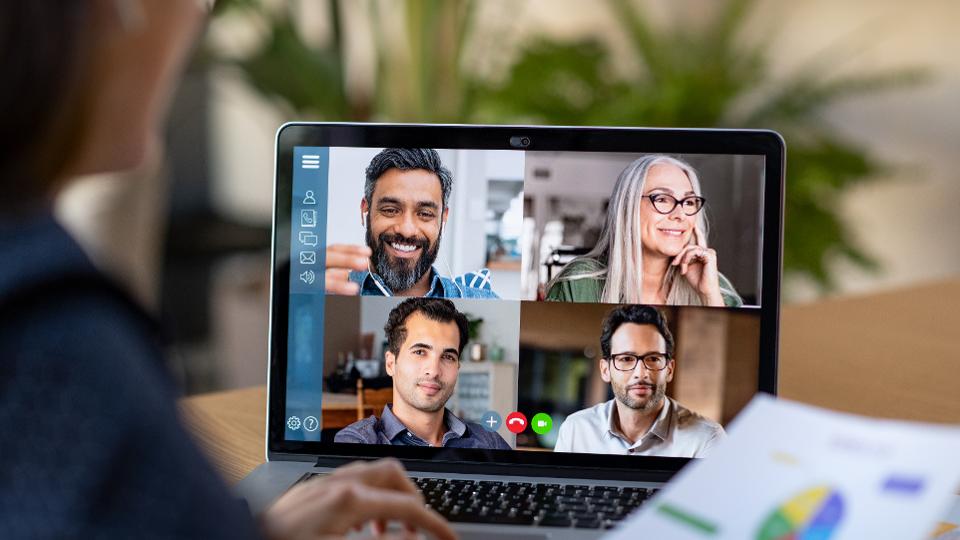
Image credit: Forbes
Should the industry you’re in allow it, then WFH could prove to be the most efficient way to work – take the creative field for example; the key aspect to working in this field is communication – with Skype, Facebook Messenger, and WhatsApp; getting into group discussions with face-to-face presence is very easy. There’s no need to worry about messages being lost in translation, because video calls are the next best thing to talking in person.
Then there are apps like Trello and the sort – workflow management can be taken onto the online sphere as well. In fact, it’s likely you and your team at work were already using this before the MCO started anyways. For the uninitiated, Trello is a platform that lets you organize tasks and group them in neat tabs – from there, files, documents, and media can be uploaded onto its corresponding tab to keep workflow organized. Multiple users can be in the same group and can all get access to the files too.
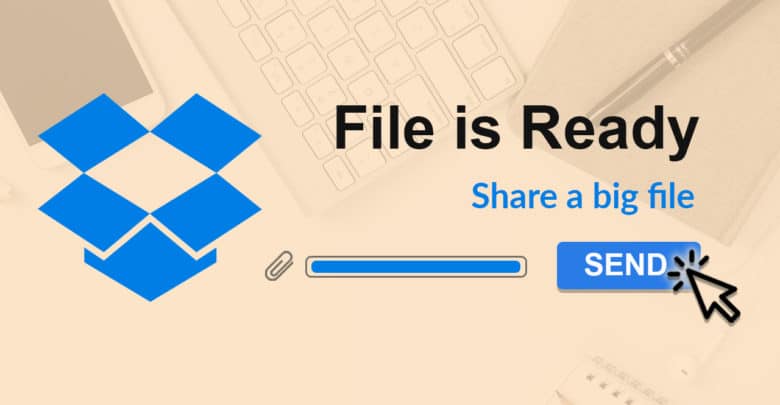
Image credit: Twist Article
And then there are free file sharing services like WeTransfer, Dropbox and Google Drive that’ve been around for so long but are so underrated in the work helping you get work done. With internet speeds reaching gigabit speeds, sharing files online has become effortless with speedy upload and download times.
A research done by Lenovo on subjects working from home its effectiveness showed that 15% of the respondents showed an increase on productivity, while 48% showed no change in that aspect; from what we can observe here is that for most people, working from home is either more productive or is just as productive than if they were to go back to a traditional office setting.
Hypothetically, should WFH continue to be accepted in more organizations post-MCO, think of the diminishing carbon footprint it would eventually cause; think of the how traffic and public transport would be less congested. I’m not saying that people who work from home should never see the light of day again – a good middle ground would be to have a weekly team meeting that requires all members to convene
Privacy is serious business
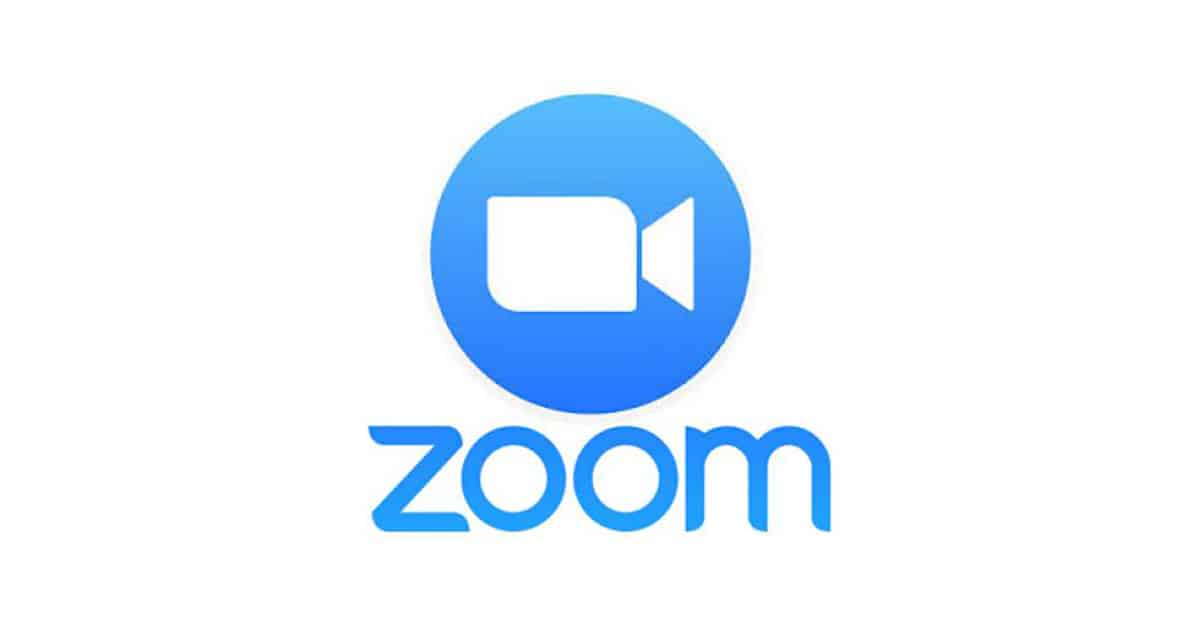
Although free video conferencing apps are generally good as I’ve mentioned before, you have to make sure your go-to app is safe to use.
You have heard in the news of Zoom’s security blunders that compromised hundreds of thousands of accounts, which were taken onto the black market to be sold. Another notorious security flaw led to ‘Zoombombing’ which entails strangers interrupting video calls to broadcast explicit content.
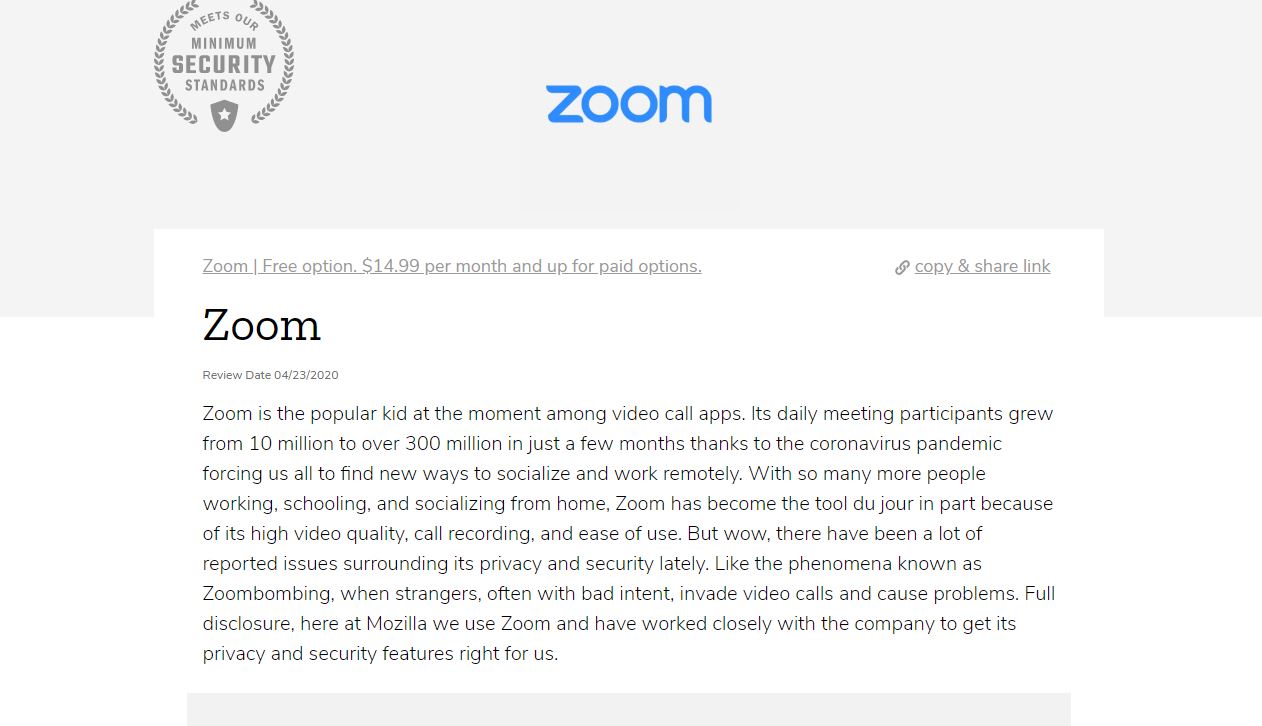
Image credit: Mozilla
The global lockdown has exposed the many flaws Zoom had – and thankfully, many of its competitors seem to be staving off security issues well – the likes of WhatsApp, Skype and Microsoft Teams.
Mozilla recently released a guide on which video conferencing apps employ the best security measures which could be useful – but they also gave Zoom a high rating, so maybe take their guide with a grain of salt. But the reason I’m mentioning the guide is because for each app included in there, Mozilla goes into greater detail the kind of technology each brand uses for their video call software – you can read up on the one you plan to use and see if that’s meets your standards.
Working from home is a privilege
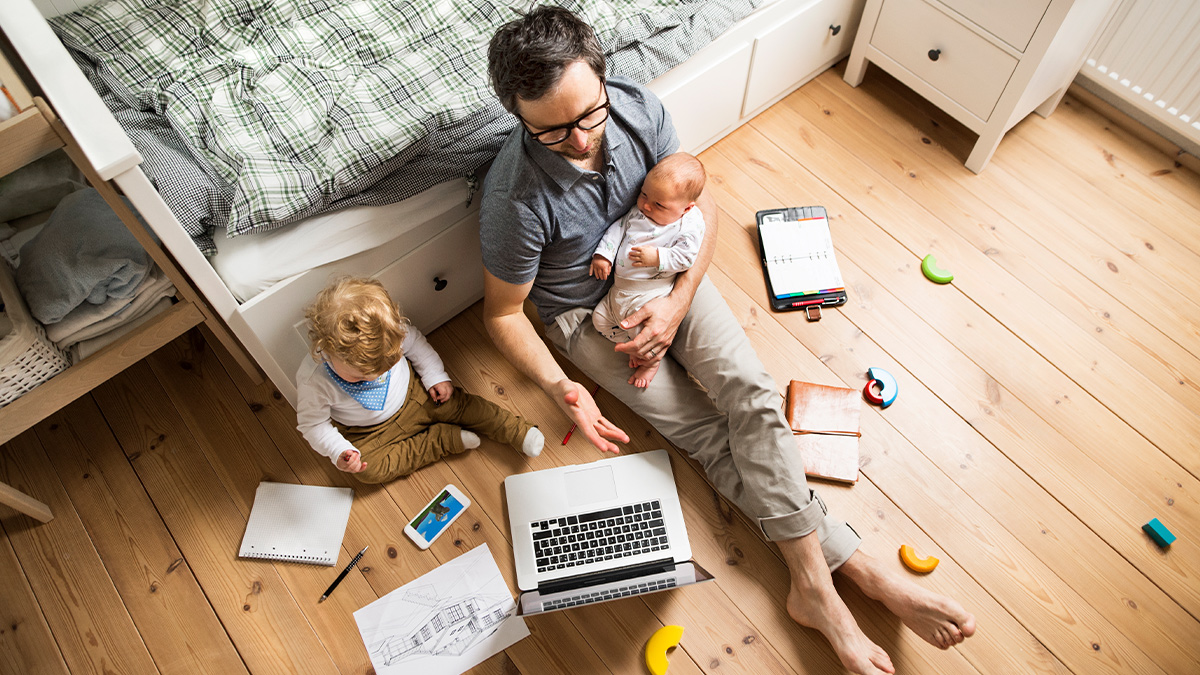
Image credit: Harvard Business Review
During the MCO, HP Malaysia communicated with us their thoughts on WFH during a campaign collaboration we had, which you can read up here; they believe that working from home is a privilege; and that got us thinking – and we too agree that it’s something that we cannot take for granted.
There are many breadwinners in the country that have to leave their homes and families behind to earn a living – often times, your household requires the utmost of attention and care, and being away from it can be difficult for some; take for example busy mothers, individuals with sick family members, folks who commute great distances each day, like our neighbours in Johor who travel to Singapore for work.
Although working from home does sound glamorous, to some, it would be a godsend to be able to be closer with their loved ones.
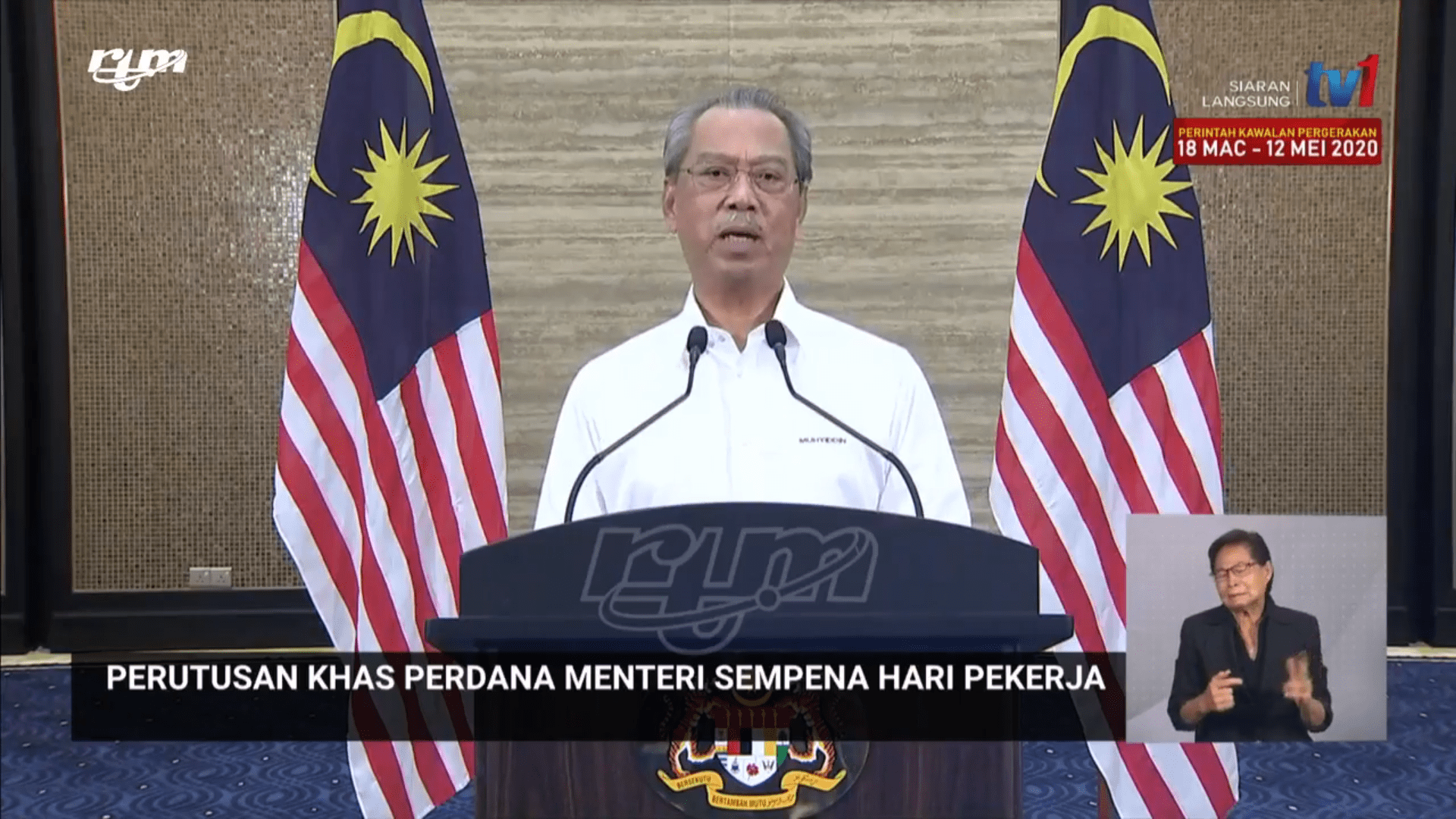
Image credit: RTM
At the time of writing, the MCO looks to be nearing its end – most business sectors can resume operations on May 4 2020, with the MCO lift expected to happen on May 12. But with many companies around the globe now having a taste of WFH – its benefits could sway the powers that be to consider working from home a viable option in the long run.
But at the same time, we will see the tech that we use every day go through more robust changes in security implementation and usability to make adoption easier. With this, we could see a new breed of apps and programs that implement all the innovations that arise during the MCO, which will further improve the experience of remote working.


